Inside the $38B Humanoid Robot Boom 💵, AI Meets the Human Form 🧠, Global Race Heats Up 🌍
The Rise of Humanoid Robots: Key Trends Shaping the Next Decade (2025-2035)
Welcome to 22nd Century Frontier — your strategic edge in innovation, investment, and entrepreneurship. 🚀
Key Takeaways
Research suggests the humanoid robot market will grow significantly, potentially reaching $38 billion by 2035, driven by AI and cost reductions.
It seems likely that robots will become more intelligent, with advanced AI enabling complex tasks and natural interactions.
The evidence leans toward diverse applications, from manufacturing to healthcare, with potential home use in the longer term.
Global competition among companies in the US, China, and Japan will likely accelerate innovation, though ethical concerns may arise.
An unexpected detail is the development of “living skin” for robots, enhancing their human-like appearance and interaction.
Table of Contents
Overview
Market Expansion and Economic Impact
Technological Advancements
Applications and Adoption
Global Competition and Industry Players
Ethical and Regulatory Challenges
Human-Robot Collaboration and Design Trends
Energy Efficiency and Sustainability
Conclusion
1. Overview
The field of humanoid robotics is poised for transformative growth over the next decade, from 2025 to 2035, driven by technological advancements, market expansion, and increasing adoption across diverse industries. This article provides a comprehensive analysis of the trends shaping the industry, supported by insights from market reports, company announcements, and research studies. The following sections detail the key trends, their implications, and supporting evidence.
2. Market Expansion and Economic Impact
The global market for humanoid robots is expected to experience significant growth, with projections varying across reports but consistently indicating a robust future.
Goldman Sachs estimates the total addressable market to reach $38 billion by 2035, up from previous projections of $6 billion, with robot shipments increasing fourfold to 1.4 million units.
Other reports, such as Fortune Business Insights, project the market to grow from $3.28 billion in 2024 to $66 billion by 2032 at a CAGR of 45.5%.
Markets and Markets estimates a rise from $2.03 billion in 2024 to $13.25 billion by 2029 at a similar CAGR.
RoboticsTomorrow projects a valuation of $79.6 billion by 2035 with a 45.6% growth rate.
Cervicorn Consulting predicts $6.72 billion by 2034 with a 15.57% CAGR.
These variations highlight the uncertainty but underscore a consensus on significant growth, driven by AI progress and cost reductions.
The Asia Pacific region, led by China, Japan, and South Korea, is expected to grow at the highest CAGR due to government initiatives and an aging population. Key segments include hardware, software, and services, with hardware dominating due to the need for human-like components.
The economic impact is substantial, with humanoid robots addressing labor shortages, particularly in manufacturing, logistics, and warehousing. Figure AI, for instance, aims to eliminate over 10 million unsafe or undesirable jobs in the U.S. alone, potentially creating new opportunities for fulfilling work. This growth is also supported by strategic investments, with Figure AI raising $1.5 billion in funding at a $39.5 billion valuation in early 2025.
3. Technological Advancements
AI integration is a cornerstone of humanoid robot development, enhancing their cognitive and operational capabilities. Large language models (LLMs) and machine learning are enabling robots to perform complex tasks, process human emotions, and adapt to changing environments. For example, Figure 02, developed by Figure AI, is equipped with conversational capabilities powered by OpenAI, facilitating natural human interaction. Boston Dynamics’ new Atlas robot demonstrates advanced athletic intelligence and dynamic manipulation, using real-time perception and model-predictive control. These advancements are expected to continue, with AI-driven robots becoming more autonomous and versatile over the next decade.
Sensor technology and machine vision are also improving, allowing robots to navigate and interact with their surroundings more effectively. The integration of advanced sensors, as seen in Sanctuary AI’s Phoenix robot, enhances perception and decision-making, crucial for deployment in dynamic environments. Additionally, research into electronic skin technology is progressing, with the University of Tokyo developing “living skin” that can self-heal and mimic human elasticity, potentially improving robot mobility and interaction. This could lead to more lifelike appearances, beneficial for social and caregiving roles.
4. Applications and Adoption
Humanoid robots are initially focused on structured environments like manufacturing, logistics, and warehousing, where tasks are repetitive and predictable. Tesla plans to begin limited production of Optimus in 2025, deploying thousands of units internally for factory tasks, with ambitions to scale to 500,000 units annually by 2029. Figure AI has deployed Figure 02 to a BMW plant in South Carolina for testing, collecting data for AI models. These applications address labor shortages and perform dangerous, dirty, or dull jobs.
Over time, the scope will expand to healthcare, retail, and potentially homes. In healthcare, robots like Abel, developed by the University of Pisa, are designed to assist with social and communication disorders, recognizing facial expressions to support patients with autism. Retail applications include customer service, with robots like Ameca from Engineered Arts interacting naturally with humans. Home use, while longer-term, is anticipated, with projections suggesting robots could assist with household tasks by the late 2030s, as per Peter Diamandis.
5. Global Competition and Industry Players
The humanoid robot industry is marked by intense global competition, with key players from the US, China, Japan, and Europe. Leading companies include Boston Dynamics (US), known for Atlas; Figure AI (US), with Figure 02; Tesla (US), developing Optimus; Agility Robotics (US), with Digit; and 1X (Norway), with EVE.
In Japan, Softbank’s Pepper and Honda’s ASIMO are notable, while China’s UBTECH Robotics is investing heavily under the “Made in China 2025” initiative. This competition is driving innovation, with companies raising significant funding, such as Figure AI’s $675 million in 2024 and ongoing talks for $1.5 billion in 2025.
6. Ethical and Regulatory Challenges
As humanoid robots become more integrated into society, ethical and regulatory challenges will emerge. Concerns include job displacement, privacy, and the potential for misuse, such as in surveillance or autonomous weapons. The development of robots with emotional intelligence and human-like appearances raises questions about human-robot relationships and social acceptance. Regulatory frameworks will need to address safety, liability, and ethical use, with potential guidelines emerging from international bodies like the IEEE.
7. Human-Robot Collaboration and Design Trends
Human-robot collaboration is a growing trend, with robots designed to work alongside humans, enhancing productivity and safety. This is evident in warehouse settings, where robots assist with logistics, and in manufacturing, where they perform repetitive tasks. Modular and upgradeable designs, as seen in Figure AI‘s approach, will allow robots to adapt to new tasks and technologies, reducing obsolescence. Customization will also be key, with robots tailored to specific industry needs, such as healthcare or retail.
8. Energy Efficiency and Sustainability
Energy efficiency is crucial for widespread adoption, with advancements in battery technology and energy management improving robot runtime. The new Atlas robot, for instance, uses a custom battery and compact hydraulic system for impressive mobility feats. This trend will make robots more practical for extended operations, reducing operational costs and environmental impact.
9. Conclusion
The next decade will see humanoid robots evolve through market expansion, technological innovation, and diverse applications, with significant economic and societal impacts. From AI integration to realistic appearances, these trends promise to expand the role of robots in our lives while addressing labor shortages and ethical challenges, supported by robust industry growth and global collaboration.



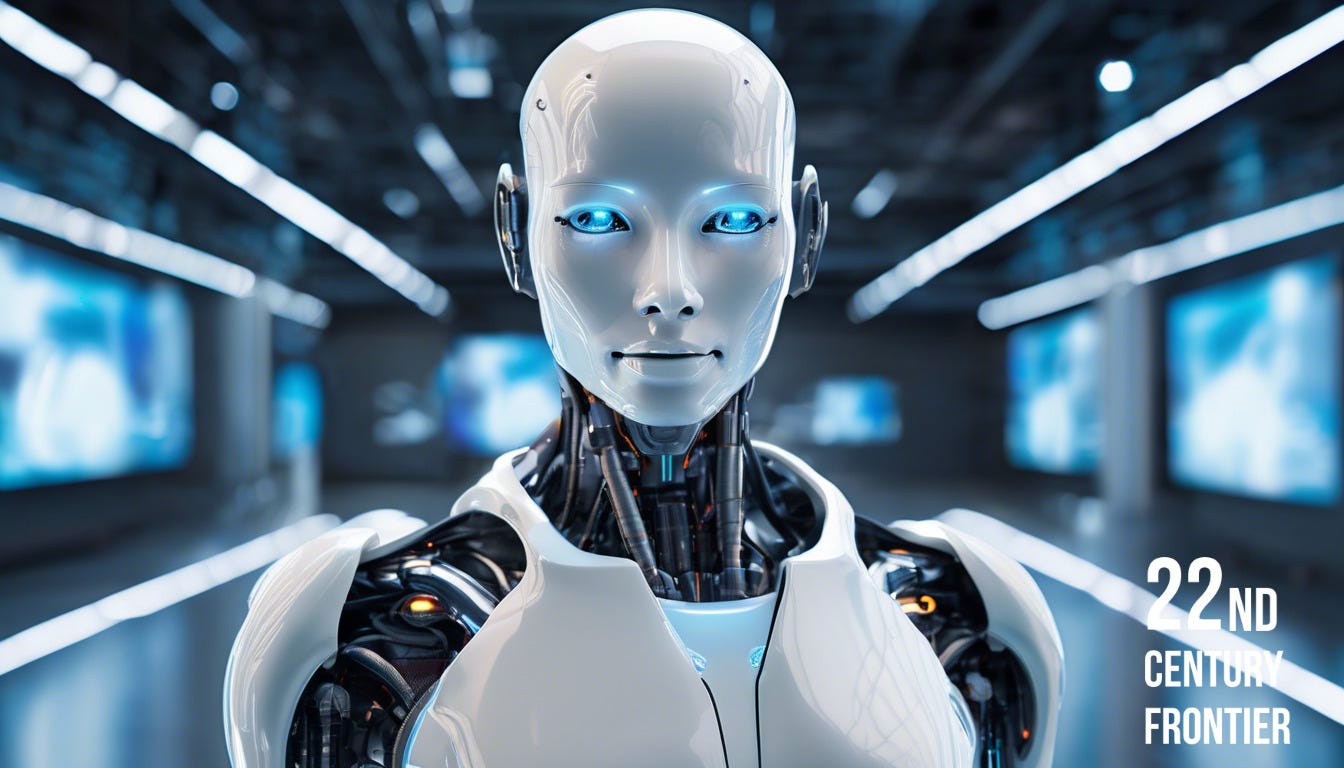
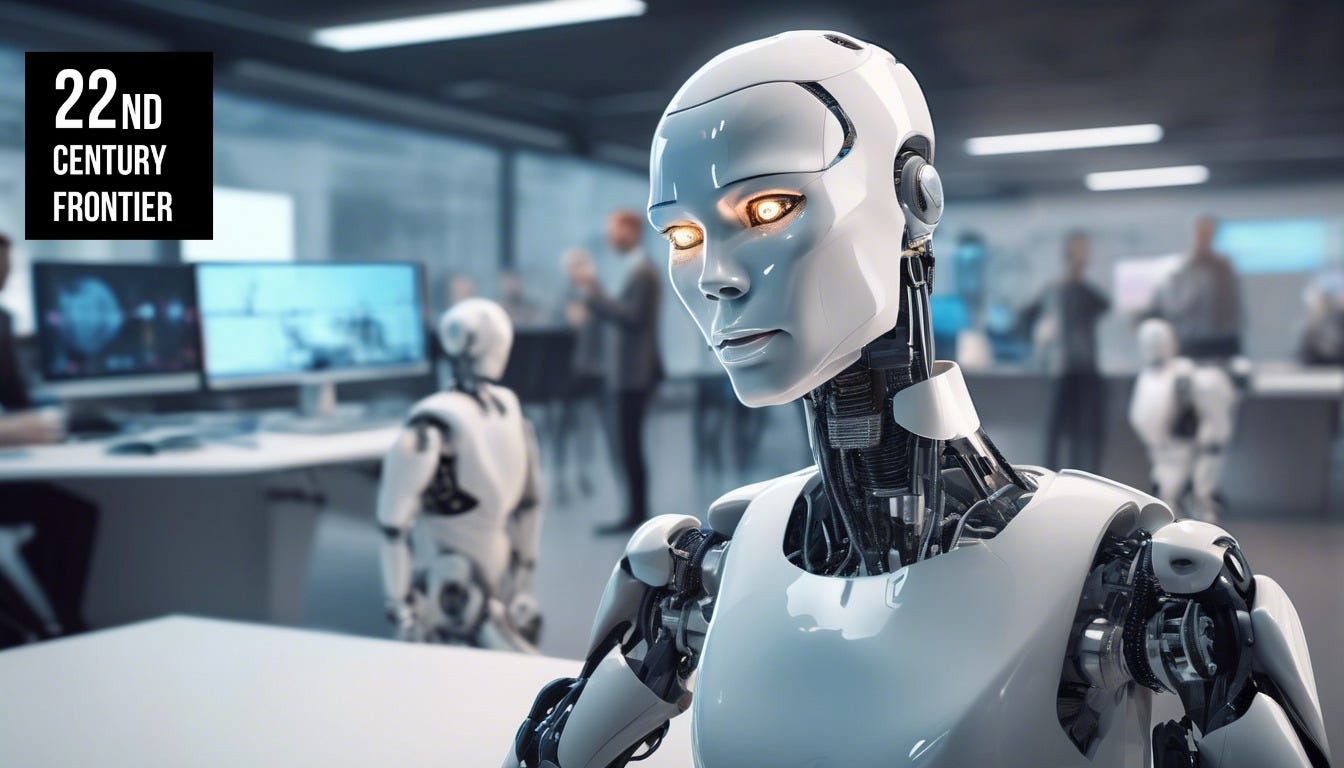
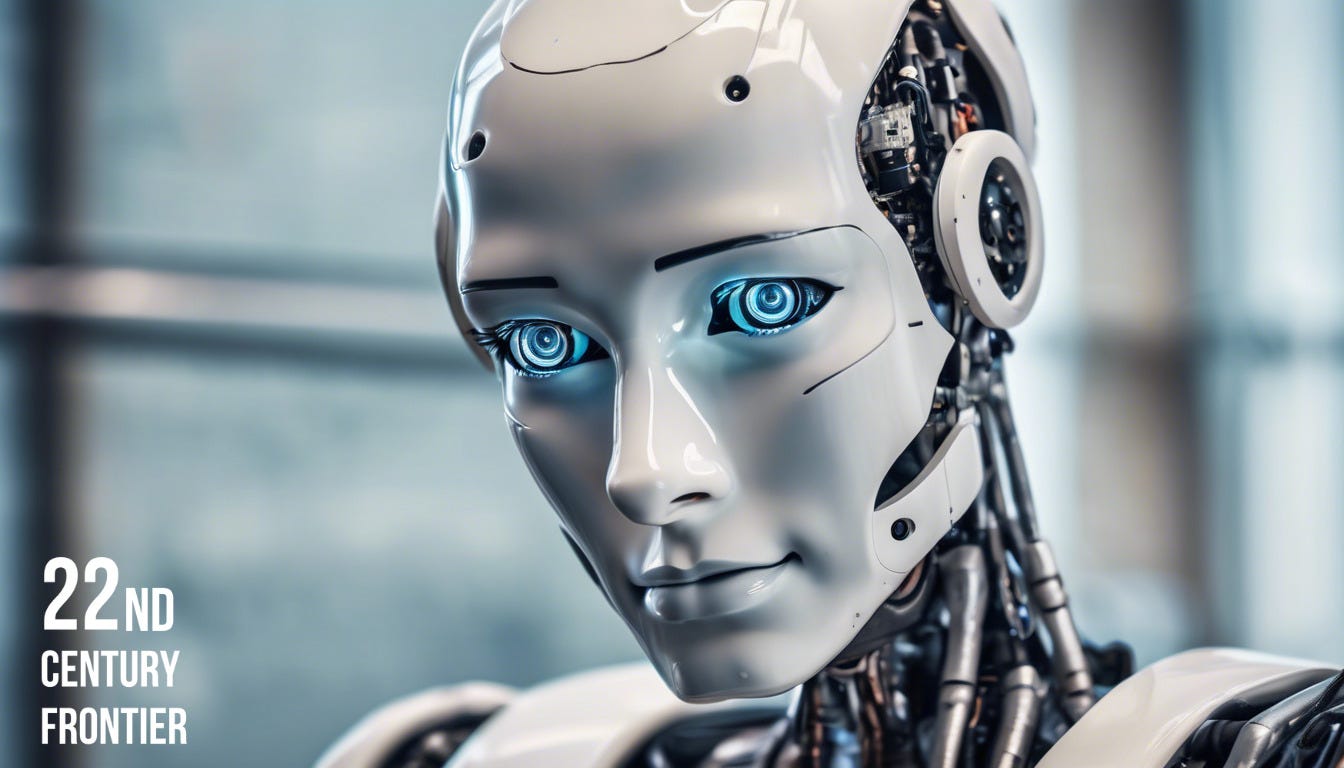
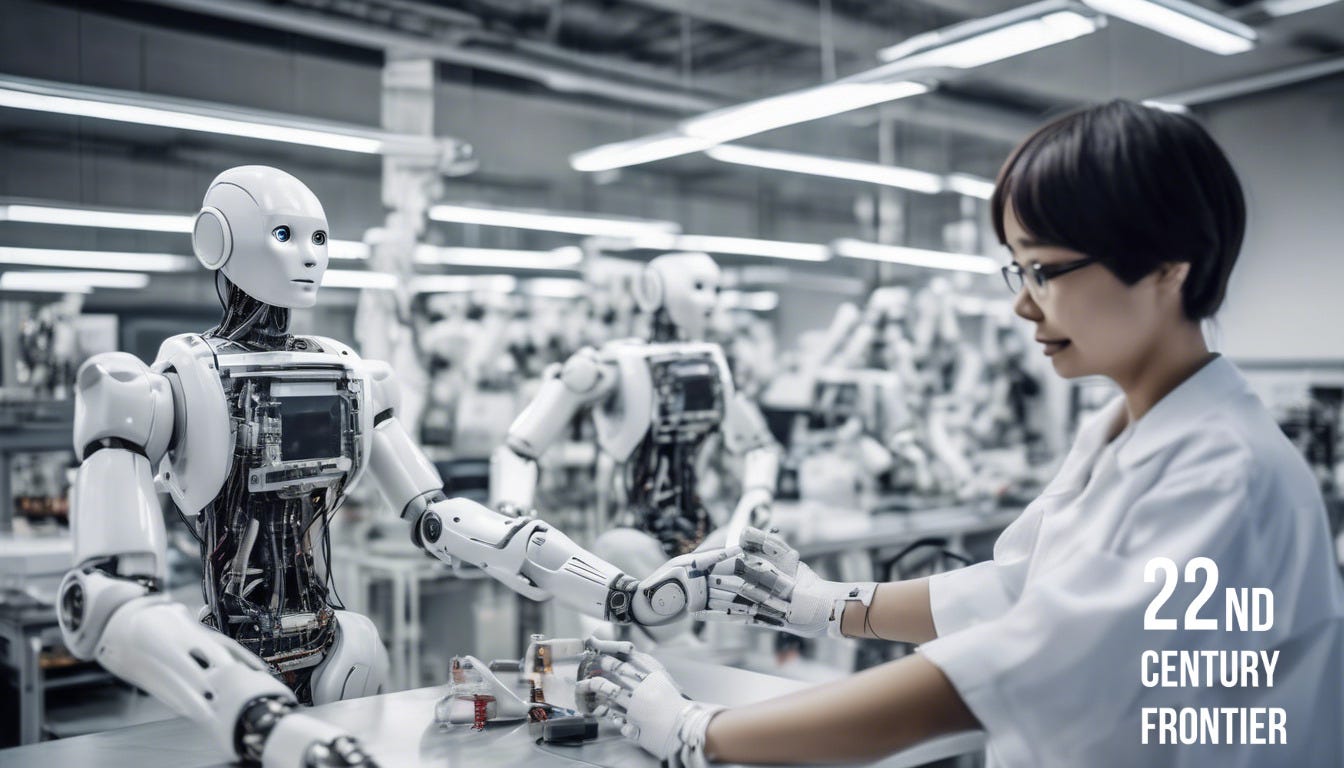
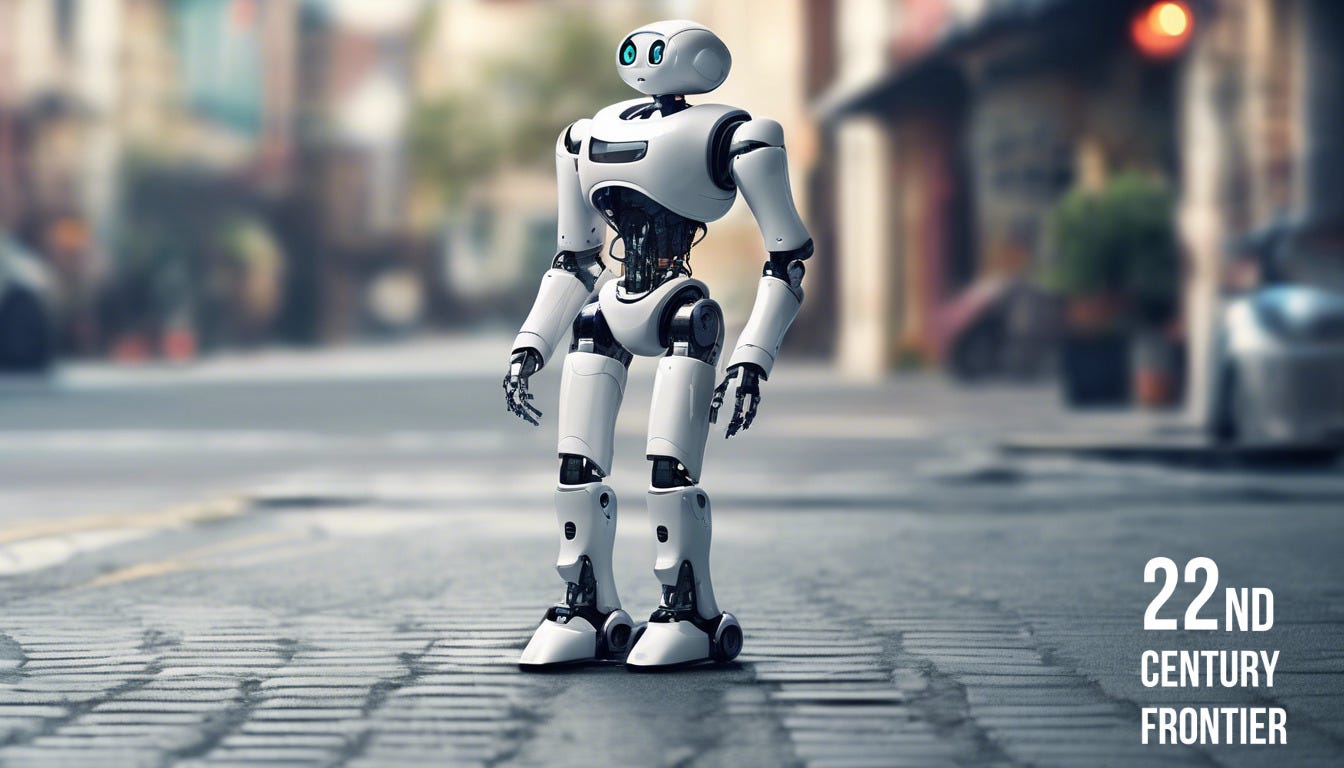
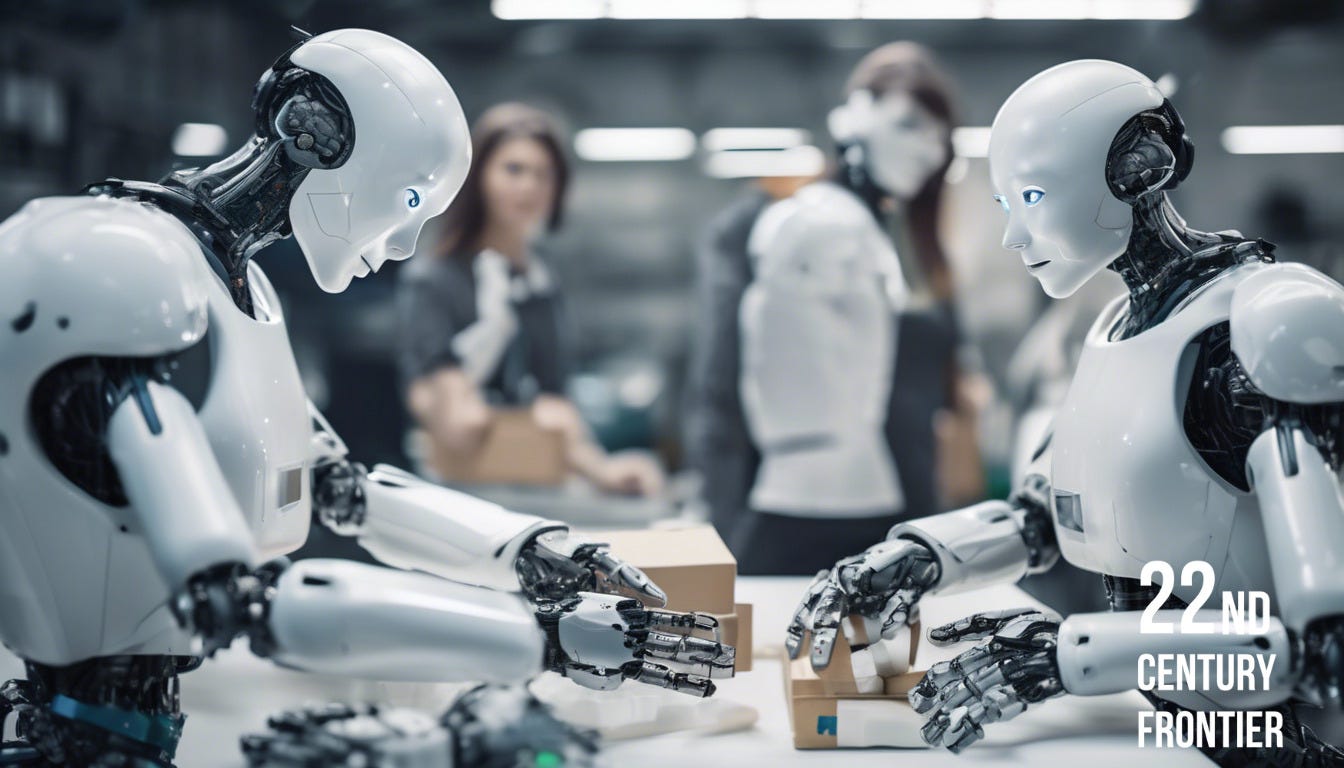

The $38B humanoid robotics surge isn’t hype, it’s a systemic shift. AI-driven autonomy, advanced sensors, and human-like interaction are creating scalable solutions for labor shortages, healthcare, and enterprise. Early movers in production and modular design will define the next decade.
For more AI trends and practical insights, check out my Substack where I break down the latest in AI.
AI in the real world ie machines, factories and cities - 100x bigger than software! HUGE market opportunity